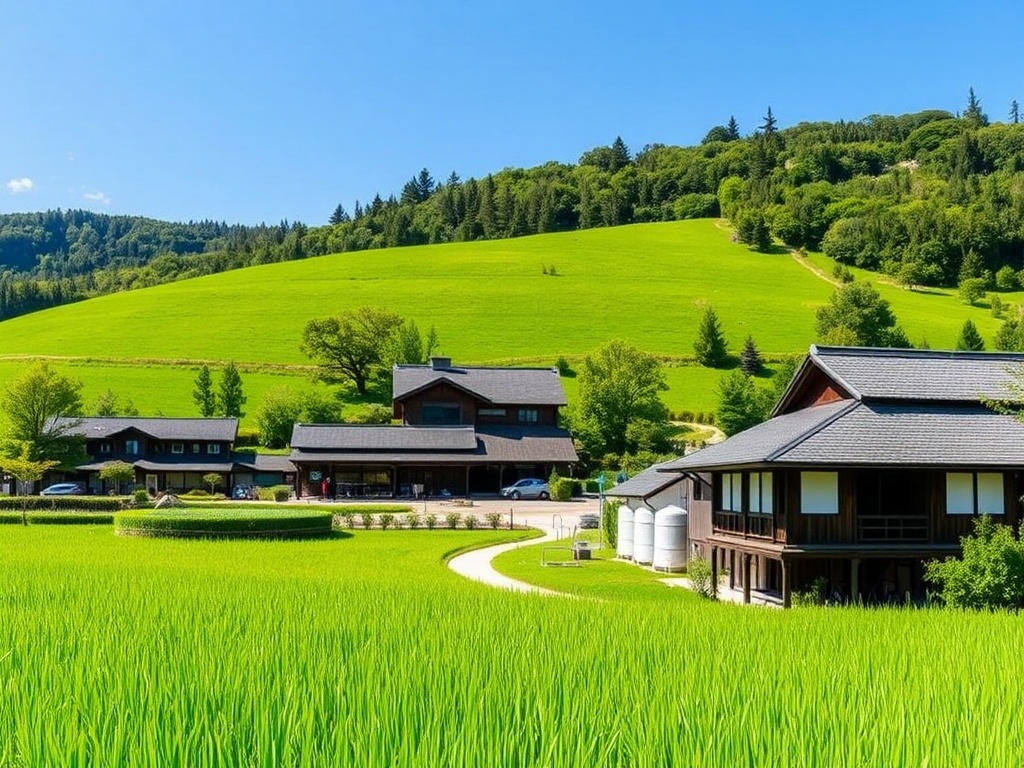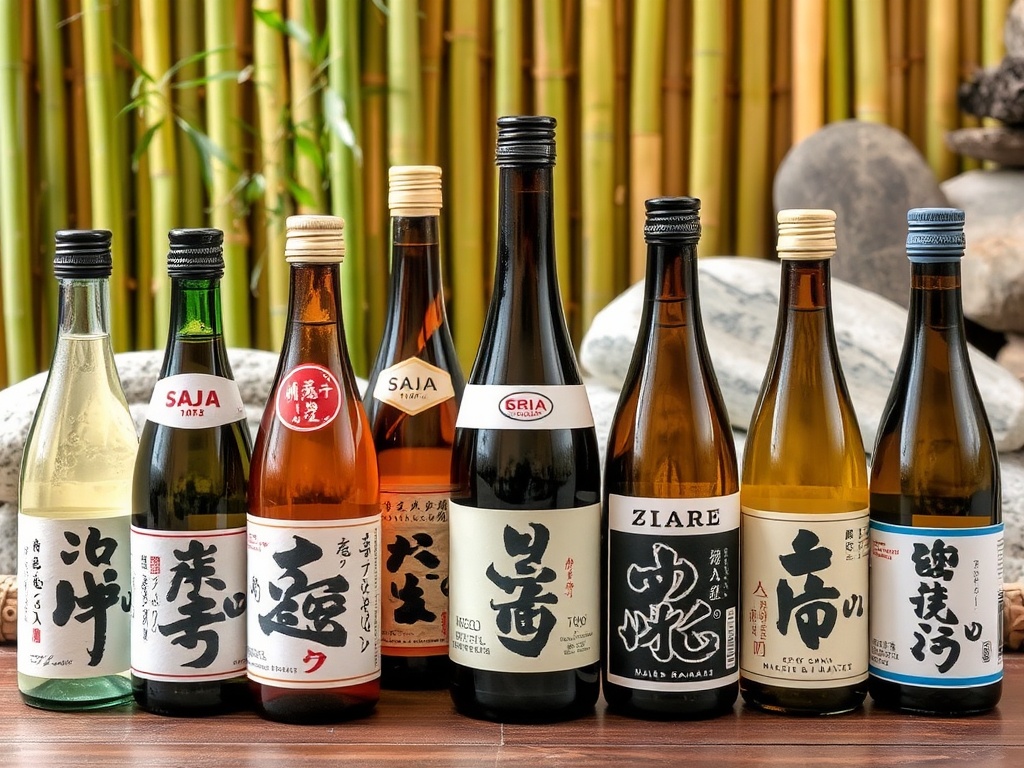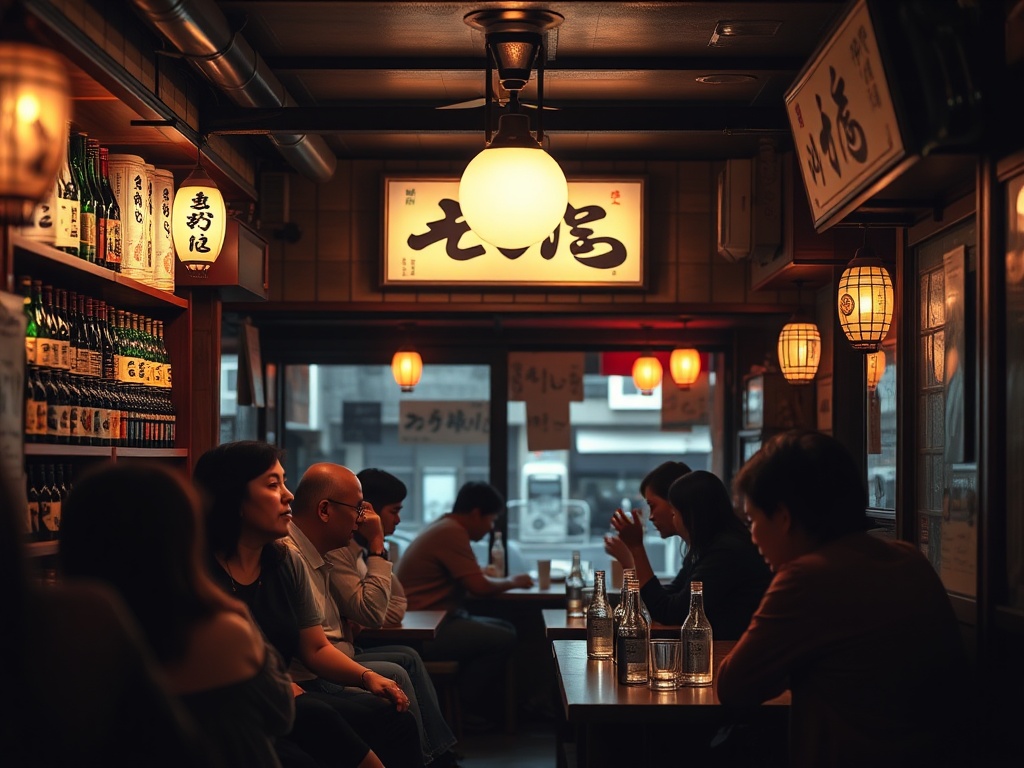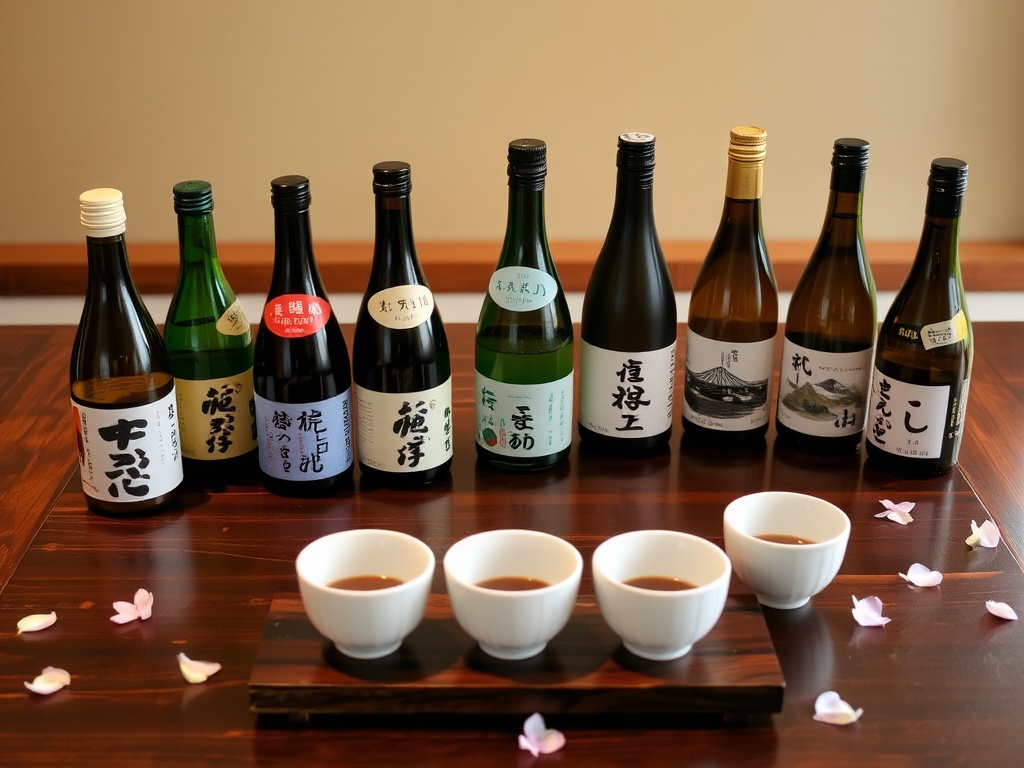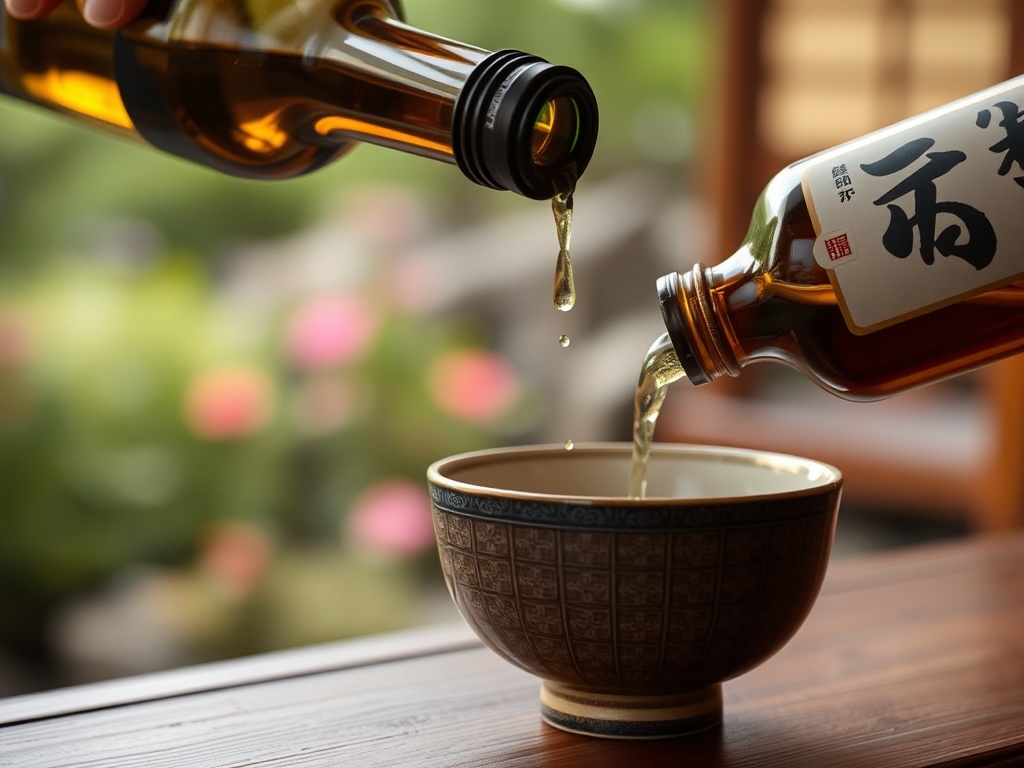All About Japanese Sake: A Fun Exploration!
Win a Free Trip to Japan!
Experience cherry blossoms and ancient temples
Welcome to the fascinating world of Japanese sake, a delightful rice-based alcoholic beverage that has captured the hearts (and taste buds!) of many around the globe. Sake is crafted through a meticulous process of fermentation and filtration, and it relies on rice koji, a special fungus cultivated on rice, to kick off the fermentation party! With over 1,500 sake makers across Japan, each brewing their own unique regional varieties, you’re in for a flavorful journey.
What Does the Word Sake Really Mean?
Let’s clear up a common misconception right off the bat. In Japan, the term sake is actually a broad umbrella term that refers to any alcoholic beverage. So, when you hear someone say “sake,” they might just mean “alcohol” in general. To specify this delightful rice drink, the Japanese often use the term nihonshu, meaning “Japanese sake.” For our purposes, we’ll stick with calling it sake (or Japanese sake) throughout this fun exploration!
A Brief History of Sake: From Ancient Times to Today!
The history of sake is as rich and layered as its flavors! Though it’s not well documented until the 700s, it’s believed that sake originated during the Yayoi period (300 BC – 250 AD) when rice farming made its grand entrance from China. Initially, sake was a precious commodity reserved for significant events like festivals, weddings, and funerals. Talk about a drink for the special occasions!
Fast forward to the Nara period (710-794), where sake production became more structured for the Imperial Court thanks to stable rice farming. As we leap into the Heian era (794-1185), sake began to spread to temples, shrines, and the general public. Breweries started to pop up like mushrooms after the rain in the Muromachi period (1333-1573).
The 16th century brought some cool innovations to sake-making, including rice polishing and mash pressing. The development of large wooden tubs allowed brewers to produce bigger batches, making sake more accessible. The Edo period (1603-1868) was a game-changer, as brewers started adding distilled alcohol to enhance flavors and preserve the drink. And guess what? This method is still rocking the sake scene today!
In 1904, Japan established the National Research Institute of Brewing, focusing on scientific research for sake production. This institute is like the Hogwarts of sake, developing new technologies and methods for brewing. The latest trend? Sparkling sake! It’s a bubbly delight that has become a hit with sake enthusiasts everywhere.
Rice Polishing: The Art of Perfection
Now, let’s dive into one of the most intriguing aspects of sake: the rice polishing ratio, known as seimaibuai in Japanese. This process polishes down individual rice grains, removing their outer layers. Why, you ask? Well, the outer layer contains lipids, proteins, and minerals that can alter the sake’s flavor. The degree of polishing is directly linked to the quality of the sake.
More polishing typically results in a cleaner, more refined taste, while less polishing can yield a fuller-bodied sake with complex flavor profiles. The polishing degree is indicated by a percentage on the bottle—usually between 70% and 35%. Newcomers often confuse this with alcohol content, but don’t worry, sake rarely exceeds 16% alcohol by volume!
The Many Faces of Sake: Types and Classifications
Sake comes in various types and classifications, and trust us, each one has its own unique charm! Let’s break it down into four main categories based on ingredients and rice-polishing.
Premium Sake
- Junmai-shu: This pure rice sake is made from rice polished to 70% or less of its original size, along with water and rice koji. Expect a rich, full-bodied flavor that will make your taste buds dance!
- Honjozo-shu: A delightful concoction made from rice, water, rice koji, and a splash of distilled alcohol. The added alcohol enhances the fragrance and gives it a lighter, easier-to-drink flavor.
- Ginjo-shu: Crafted from rice polished to at least 60% of its original size, ginjo-shu is made using special techniques that result in a smooth, light-bodied sake with subtle fruity aromas.
- Daiginjo-shu: This is the crème de la crème! For a sake to be classified as daiginjo-shu, its rice must be polished to a minimum of 50%. It’s a treat for those who appreciate finer things in life.
- Junmai ginjo-shu: This is the junmai version of ginjo-shu, made with only water, rice, and rice koji, but without any distilled alcohol. Pure and delightful!
- Junmai daiginjo-shu: Similar to daiginjo-shu but maintains the purity of ingredients by excluding distilled alcohol. A true gem in the sake world!
Ordinary Sake
- Futsushu: Literally meaning “ordinary sake,” this variety accounts for the majority of the market and can have alcohol, sugar, and organic acids added. It’s often served warm in Japanese restaurants.
Other Sake Classifications
- Namazake: This unpasteurized sake is like the fresh juice of sake! It’s vibrant and lively, preserving those fresh flavors that enthusiasts adore. Just remember, it needs refrigeration!
- Nigorizake: A cloudy, white sake that’s filtered through a coarse mesh. It offers a soft, pleasant taste and texture, making it a fun choice for those looking to explore different sake styles.
- Taruzake: Aged in cedar casks, this sake has a robust, woody flavor. It’s a throwback to the days when all sake was stored in wooden barrels.
- Sparkling sake: A trendy newcomer that’s light, sweet, and often lower in alcohol. Serve it cold for a refreshing experience!
The world of sake is vast and varied, and there’s so much more to explore beyond these classifications. Each bottle tells a story, and discovering those stories is part of the fun!
Go on a Sake Adventure!
If you’re ready to dive into the world of sake, we recommend starting with the National Research Institute of Brewing’s website. They offer some fantastic resources to help you navigate this complex beverage.
For a more hands-on approach, grab a copy of The Sake Handbook by John Gauntner. This fascinating read covers everything from the brewing process to tasting techniques and even reviews of various Japanese sake brands. It’s like having a personal sake guide with you on your journey!
Want a Unique Japan Trip?
Discover Japan planning secrets with our best-selling Itinerary Planning Course. Or inquire about our exclusive Small Group Tours for a memorable experience!
Disclaimer: This article contains affiliate links. If you make a purchase after clicking these links, we may earn a small commission at no extra cost to you. We don’t have any affiliations with the companies or products reviewed; these are our honest opinions!
